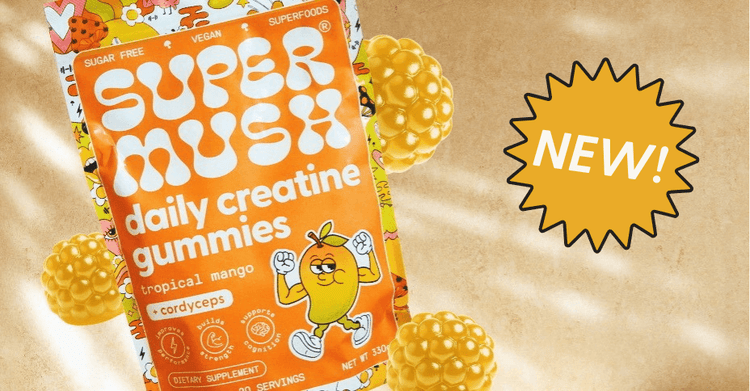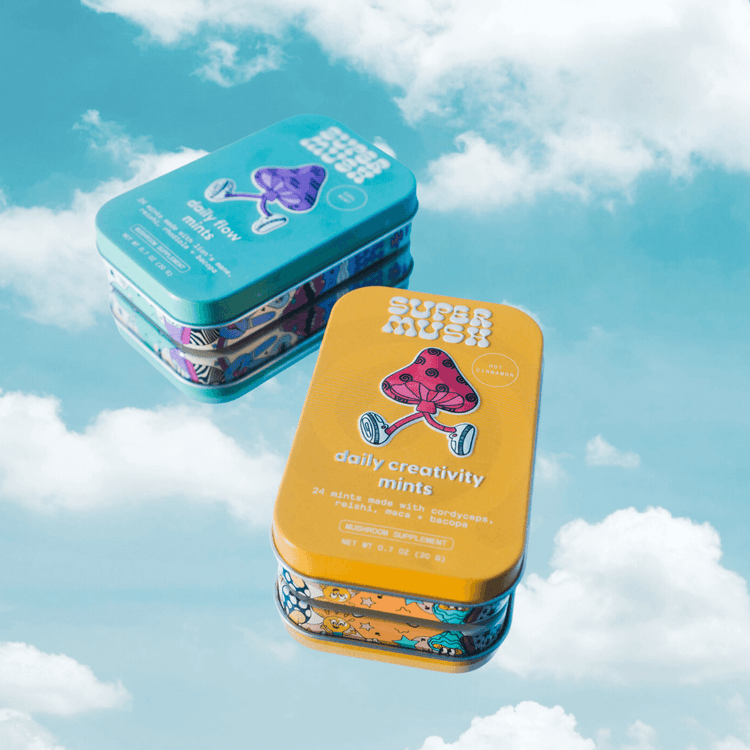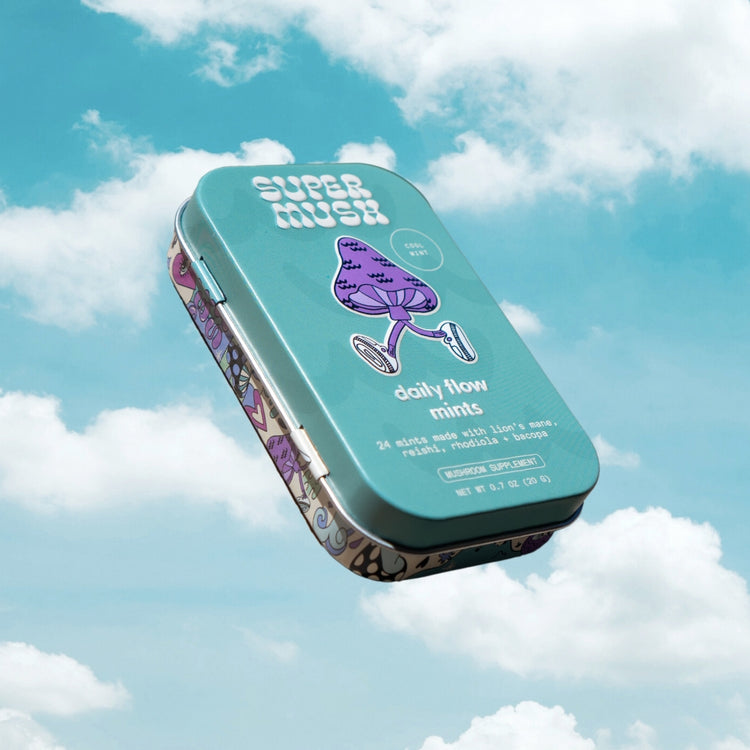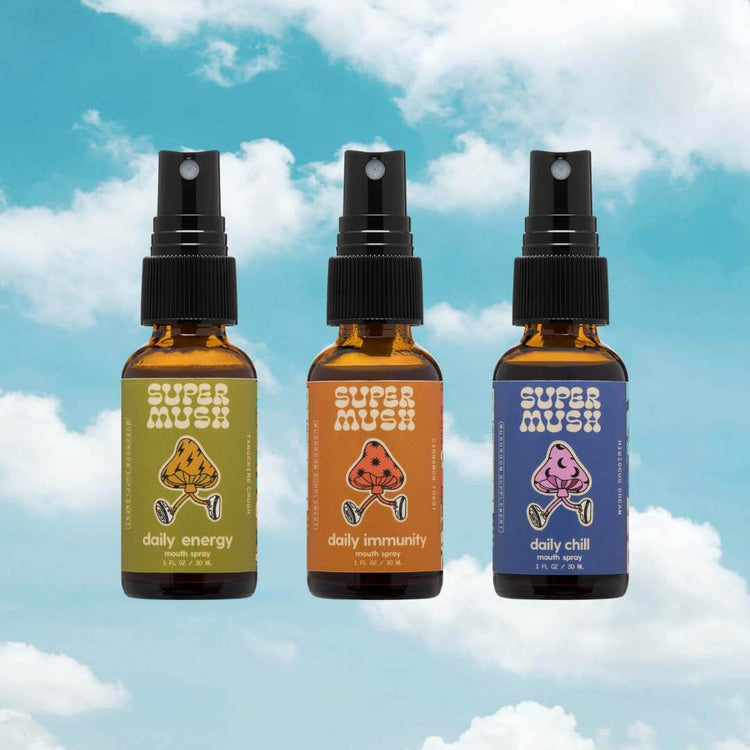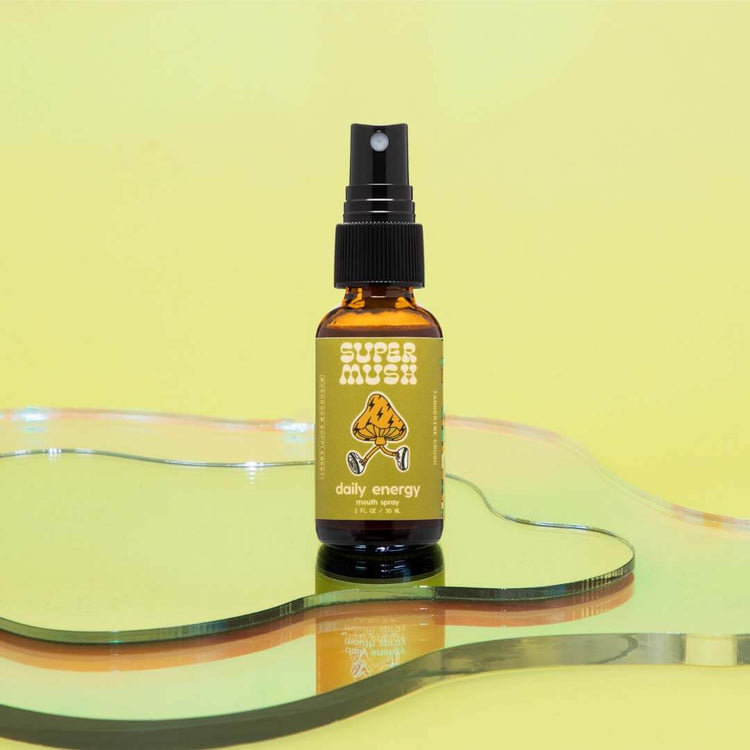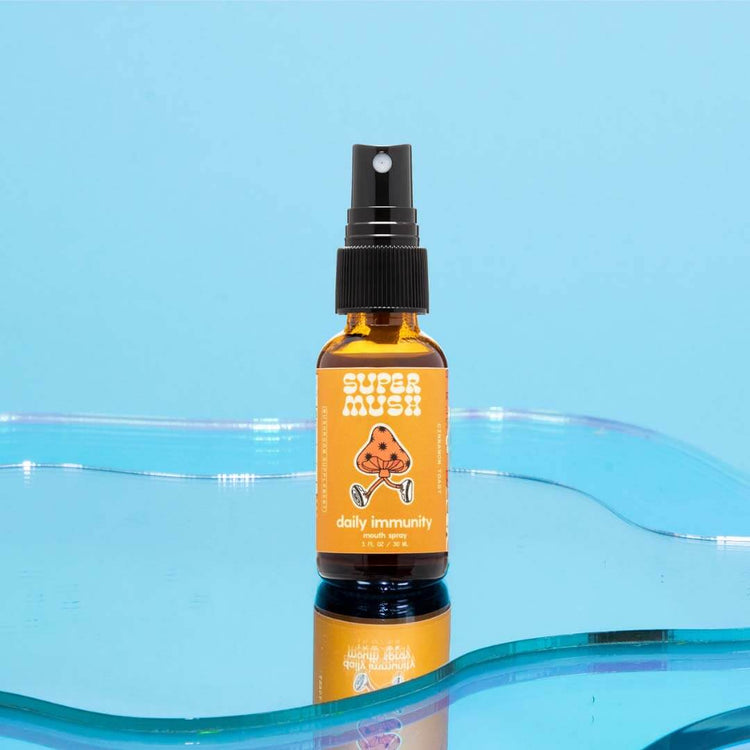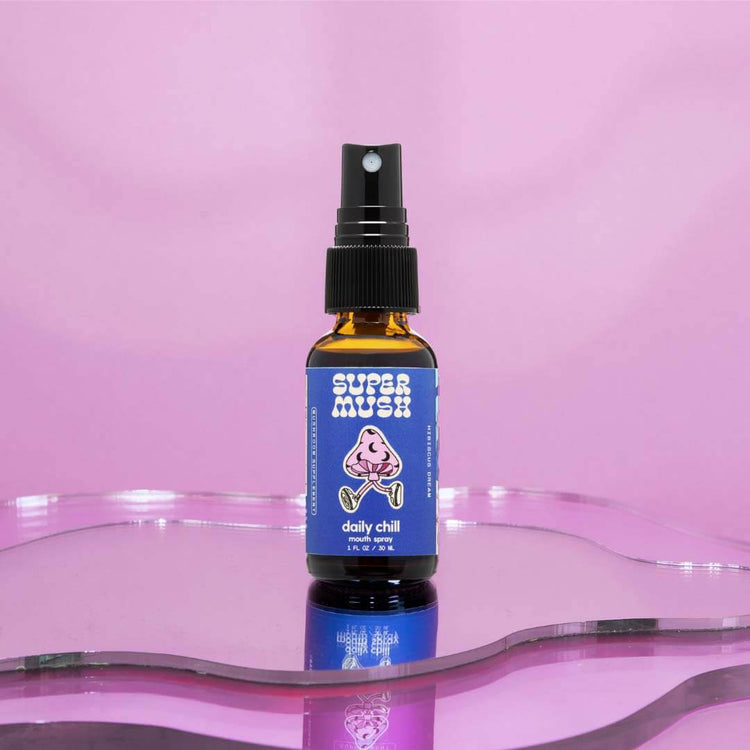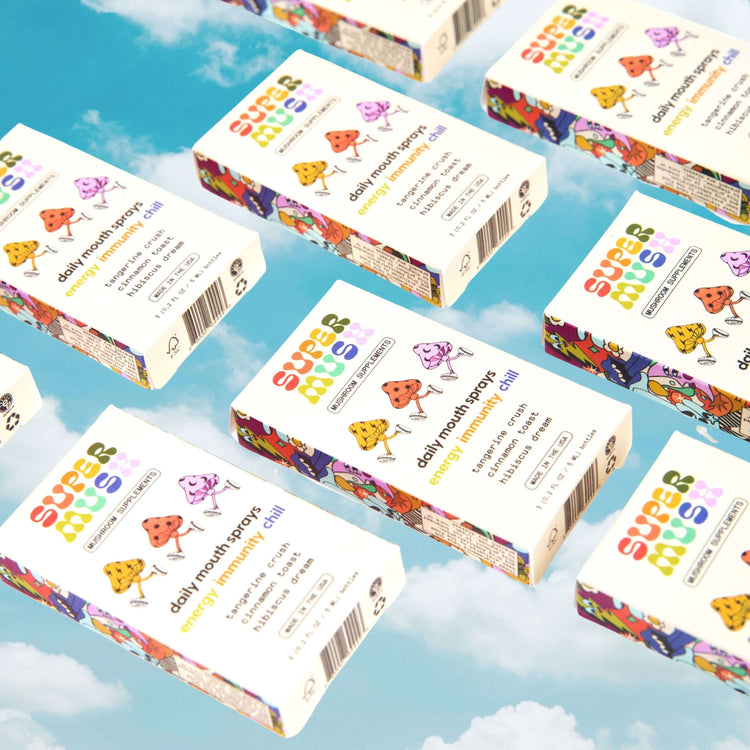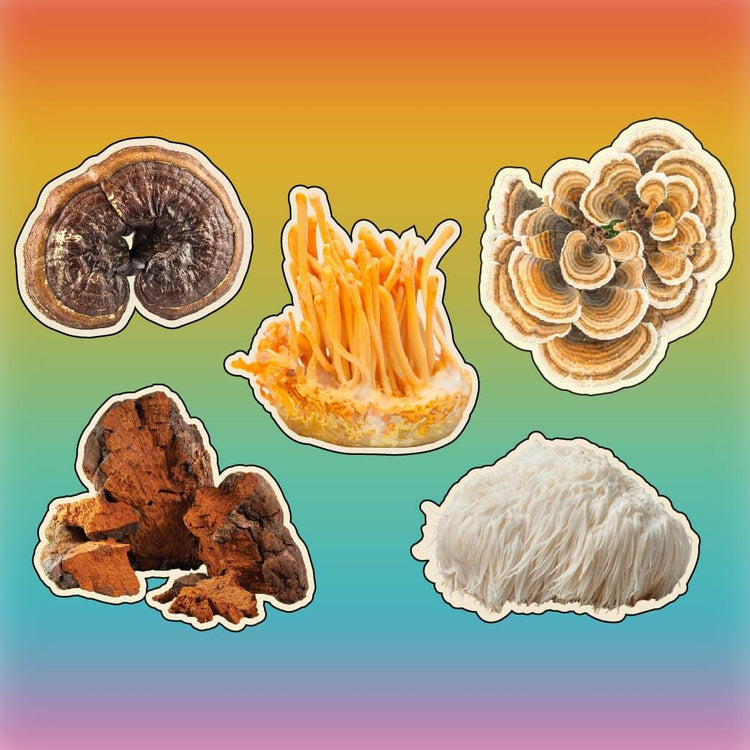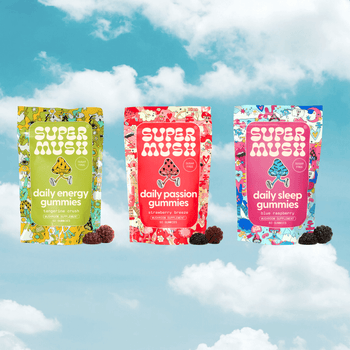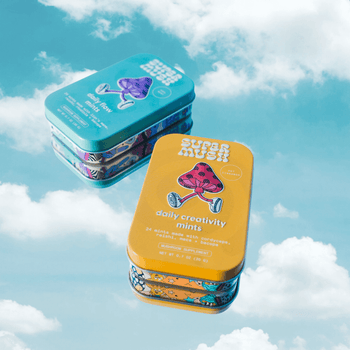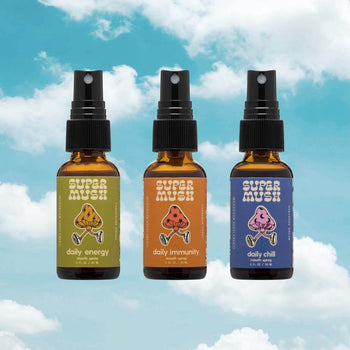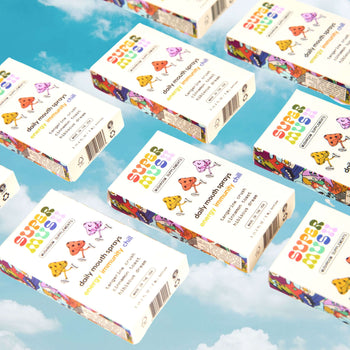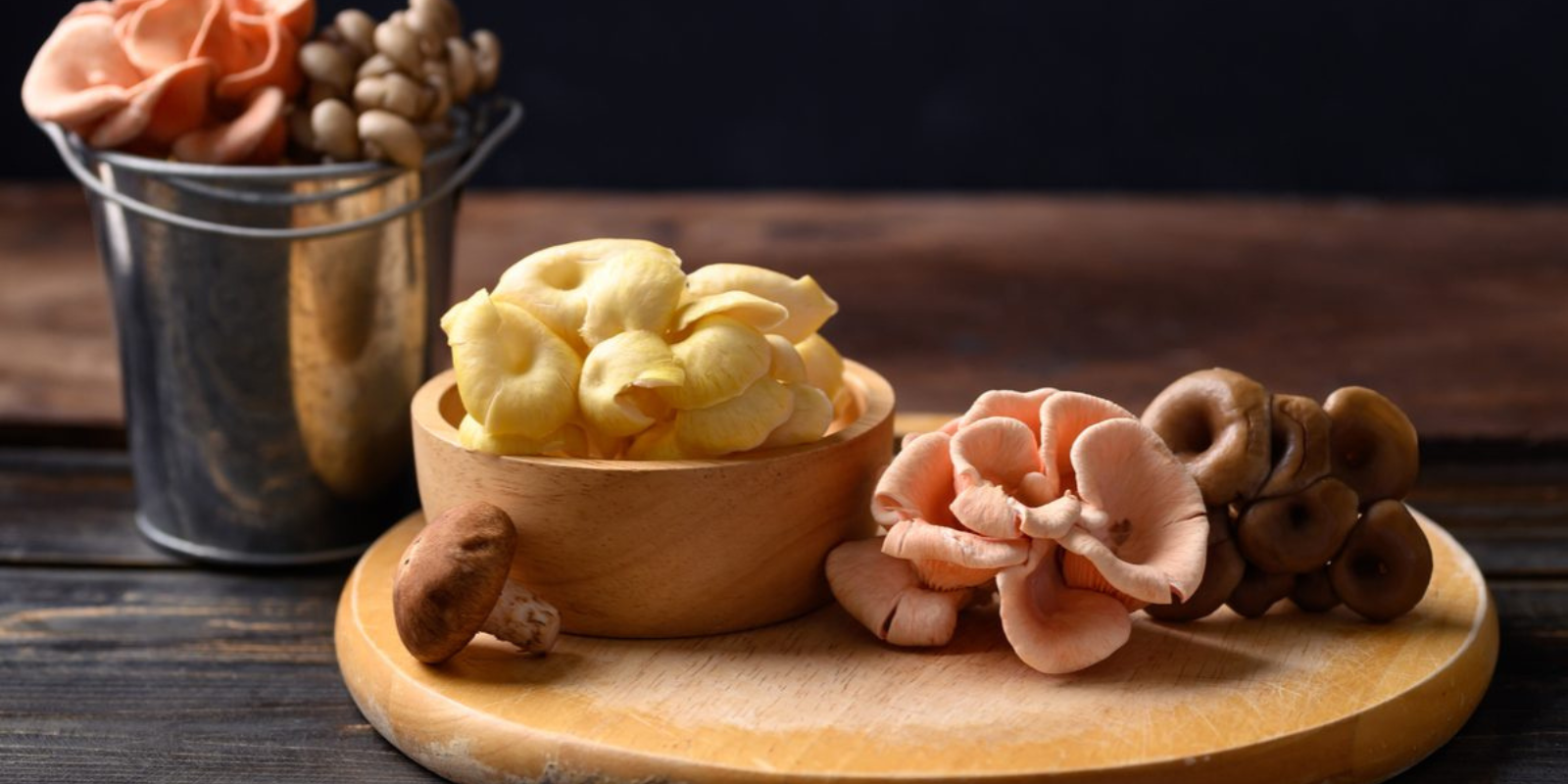Mushroom gummies have become a popular way to enjoy the health benefits of functional mushrooms, offering a delicious and convenient alternative to traditional capsules or powders. Making your own mushroom gummies at home allows you to control the ingredients and customize the flavors to suit your taste. This comprehensive guide will provide you with a step-by-step process for creating mushroom gummies, focusing on quality ingredients and effective preparation methods.
Understanding the Benefits of Mushroom Gummies
Before diving into the process of making mushroom gummies, it’s essential to understand the potential benefits of incorporating mushrooms into your diet. Functional mushrooms, such as Reishi, Lion’s Mane, Chaga, and Cordyceps, are known for their various health benefits, including:
- Immune support: Many mushrooms are rich in antioxidants and polysaccharides that can help strengthen the immune system.
- Cognitive enhancement: Varieties like Lion’s Mane have been shown to support brain health, improve focus, and boost memory.
- Stress relief: Adaptogenic mushrooms such as Reishi can help the body manage stress and promote relaxation.
- Energy and endurance: Cordyceps are known to enhance physical performance and boost energy levels.
By making your own mushroom gummies, you can tailor the specific health benefits to meet your needs.
Choosing the Right Ingredients
To create high-quality mushroom gummies, it’s crucial to select the right ingredients. Here’s a list of essential components you’ll need for your homemade mushroom gummies:
Mushroom Powder
The most critical ingredient in your mushroom gummies is the mushroom powder. You can choose from various functional mushrooms based on the benefits you desire:
- Reishi: Known for its calming properties and immune support.
- Lion’s Mane: Supports cognitive function and nerve health.
- Chaga: Rich in antioxidants and supports overall wellness.
- Cordyceps: Enhances energy and athletic performance.
You can find mushroom powders at health food stores or online retailers. Opt for organic, high-quality powders that are derived from the fruiting bodies of mushrooms for maximum potency.
Gelatin or Agar-Agar
Gummies require a gelling agent to achieve their chewy texture. You can use:
- Gelatin: A natural product derived from animal collagen, which provides a traditional gummy texture.
- Agar-agar: A plant-based alternative derived from seaweed, suitable for vegans and vegetarians.
Sweeteners
To enhance the flavor of your mushroom gummies, you’ll need a sweetener. Consider these options:
- Honey: A natural sweetener with added health benefits.
- Maple syrup: Offers a unique flavor and is rich in antioxidants.
- Stevia or monk fruit: Low-calorie sweeteners suitable for those watching their sugar intake.
Flavoring
Adding flavoring can make your gummies more enjoyable. You can use:
- Fruit juice: Freshly squeezed juices, such as lemon, orange, or berry, provide natural sweetness and flavor.
- Essential oils: Food-grade essential oils, like peppermint or orange, can add a refreshing taste.
- Extracts: Vanilla or almond extract can enhance the overall flavor profile.
Additional Ingredients
You might also consider adding vitamins, minerals, or adaptogenic herbs to further boost the health benefits of your gummies.
Equipment Needed
Before you start making your mushroom gummies, gather the necessary equipment:
- Silicone gummy molds: These come in various shapes and sizes and make it easy to pop out the gummies once they’ve set.
- Mixing bowl: For combining your ingredients.
- Whisk or spatula: For mixing the ingredients thoroughly.
- Saucepan: For heating the mixture.
- Dropper or pipette: For filling the gummy molds (optional).
Step-by-Step Guide to Making Mushroom Gummies
Now that you have all your ingredients and equipment ready, follow this step-by-step guide to making your mushroom gummies.
Step 1: Prepare Your Ingredients
Start by measuring out your ingredients based on your desired gummy yield. A typical recipe may call for:
- 1 cup of fruit juice (or water)
- 2-3 tablespoons of mushroom powder
- 2-4 tablespoons of gelatin or agar-agar
- 2-4 tablespoons of sweetener (adjust to taste)
- Optional flavorings and additional ingredients
Step 2: Bloom the Gelatin
If you’re using gelatin, you’ll need to bloom it before cooking. In a small bowl, combine the gelatin with a few tablespoons of cold water or juice. Let it sit for about 5-10 minutes until it absorbs the liquid and becomes gelatinous. If using agar-agar, this step is not necessary.
Step 3: Heat the Mixture
In a saucepan, combine your fruit juice (or water), mushroom powder, sweetener, and any additional flavorings. Heat the mixture over low to medium heat, stirring continuously until the sweetener has dissolved completely.
Step 4: Add the Gelatin
Once the mixture is heated, add the bloomed gelatin (or agar-agar) and stir until fully dissolved. For agar-agar, you will need to bring the mixture to a boil and simmer for about 2-3 minutes to activate the gelling properties.
Step 5: Pour into Molds
Carefully pour the mixture into your silicone gummy molds using a dropper or pipette for more precision. Fill each mold, leaving a little space at the top to prevent overflow.
Step 6: Let Them Set
Allow the molds to sit at room temperature for about 10-15 minutes. Then, transfer them to the refrigerator and let the gummies set for at least 2-3 hours or until they are firm.
Step 7: Remove and Store
Once the gummies are set, carefully pop them out of the molds. Store your mushroom gummies in an airtight container in the refrigerator to maintain freshness. They should last for about 2-4 weeks.
Tips for Success
- Experiment with flavors: Feel free to mix different fruit juices or flavorings to find the combination you enjoy the most.
- Adjust the potency: If you want more mushroom benefits, increase the amount of mushroom powder. However, be cautious as too much powder may affect the texture and taste.
- Mind the texture: If your gummies are too firm, reduce the amount of gelling agent. If they’re too soft, increase it slightly.
- Keep it cool: Store your gummies in a cool, dry place, ideally in the refrigerator, to prevent melting or spoilage.
Potential Health Benefits of Homemade Mushroom Gummies
By making mushroom gummies at home, you have the opportunity to incorporate the specific health benefits of various mushrooms into your daily routine. Regular consumption of these gummies may support:
- Immune system: Antioxidants in mushrooms can help boost your body’s defenses against illnesses.
- Cognitive health: Ingredients like Lion’s Mane can promote brain function and improve memory.
- Stress reduction: Adaptogenic mushrooms such as Reishi can aid in stress management and promote relaxation.
- Overall wellness: The combination of high-quality ingredients and the health benefits of functional mushrooms can contribute to better overall health.
Conclusion
Making mushroom gummies at home is a fun and rewarding process that allows you to enjoy the benefits of functional mushrooms in a delicious form. By selecting quality ingredients and following the steps outlined in this guide, you can create customized gummies that suit your taste and health needs. Whether you’re looking to support your immune system, enhance cognitive function, or manage stress, homemade mushroom gummies are a fantastic addition to your wellness routine.
With this DIY approach, you can also save money compared to store-bought options while ensuring the quality and potency of the ingredients you use. Start your journey to healthier living by creating your own mushroom gummies today!
Other Articles:
- Ultimate Guide to Mushroom Gummies
- Mushroom Gummies Side Effects
- Best Mushroom Gummies of 2024
- How Effective Are Mushroom Gummies?
- Mushroom Gummies For Anxiety and Sleep
- Lion's Mane Mushroom Gummies
- Mushroom Gummies For Passion
- Mushroom Gummies For Energy
- Curb Cravings With Mushroom Gummies
- Fruiting Body Vs. Mycelium
- Mushroom Gummies for Immune Support
- Cognitive Health and Mushroom Gummies
- How to Choose Mushroom Gummies
- 5 Reasons to Use Mushroom Gummies
- Ingredients to Avoid in Mushroom Gummies
- Mushroom Gummies for Kids
- Are Mushrooms Good for You?
- Mushroom Gummies for Daily Wellness
- Mushroom Gummies for Athletes
- Do Mushroom Gummies Work?
- Mushroom Gummies vs. Capsules
- The Science Behind Mushroom Gummies
- The History of Mushroom Gummies
- Mushrooms for Anxiety
- Auri Mushroom Gummies
- Fungies Mushroom Gummies
- Avoid Buying Mushroom Gummies on Amazon
- Benefits of Mushroom Gummies
- Legal Mushroom Gummies
- Magic Mushroom Gummies
- RYZE Mushroom Gummies
- Reishi Mushroom Gummies
- Sugar Free Mushroom Gummies
- Organic Mushroom Gummies
- Chaga Mushroom Gummies
- Goomz Mushroom Gummies
- Mushroom Gummies Benefits
- Mushroom Gummies vs. Powders
- Mushroom Gummies for Mental Health
- Mushroom Gummies for Skin Health
- Guide to Functional Mushroom Gummies
- Mushroom Gummies for Gut Health
- Mushroom Gummies for Focus and Concentration
- Mushroom Gummies for Women’s Health
- How Mushroom Gummies Support Weight Loss
- How to Store Mushroom Gummies for Maximum Freshness
- The Best Time to Take Mushroom Gummies
- Mushroom Gummies for Inflammation Relief




